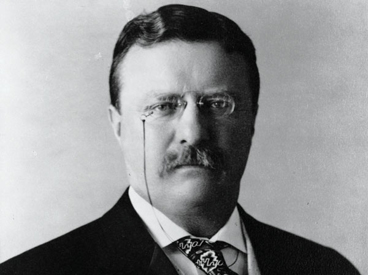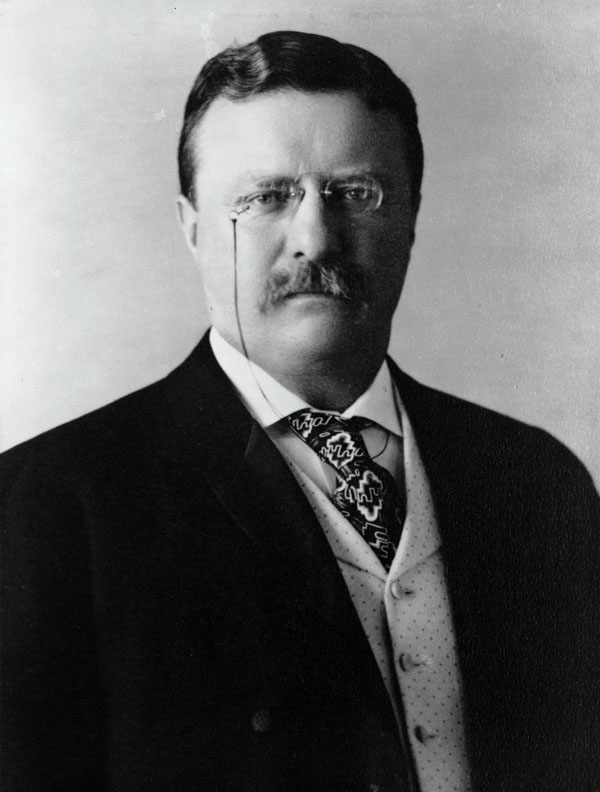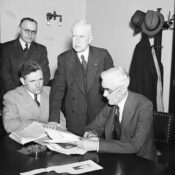Nine of our 47 vice presidents inherited the presidency—eight from a president’s death and one because President Richard Nixon quit. Seven vice presidents died in office. Two vice presidents resigned: John C. Calhoun to go to the Senate, and Spiro Agnew to go into hiding.
George Clinton was the first of seven vice presidents to die in office (1812). The second was Elbridge Gerry (1814), who gave his name to the notorious and ongoing practice of gerrymandering—creating misshapen voting districts to ensure your party’s victory. Both served under James Madison, president from 1809 to 1817.
Richard Mentor Johnson, V.P. under Martin Van Buren (1837–1841), rose to political prominence partly on his reputation for having personally killed Shawnee Chief Tecumseh in the war of 1812. His reputation came undone in subsequent years when word got out that his common-law wife, with whom he had two daughters, was the light-skinned slave Julia Chinn. She died in the cholera epidemic of 1833, and her existence was conveniently swept under the rug during his period serving as V.P. For the record, Johnson educated and deeded property to his two daughters.
Theodore Roosevelt found the job of presiding over the Senate so tedious that he often slept at his desk. He famously said of his senatorial charges, “When they call the roll in the Senate, the Senators do not know whether to answer ‘Present’ or ‘Guilty.'”
Charles G. Dawes is the sole vice president to write a hit song. His 1912 “Melody in A Major” later had words added and became “It’s All in the Game.” Tommy Edwards took the song to number one in 1958, seven years after Dawes’s death.
Not until Alben Barkley in 1949 was the vice president called “The Veep,” a term coined by a young Barkley relative. It was noted by the Oxford English Dictionary in 1949 and has passed into common usage.
Become a Saturday Evening Post member and enjoy unlimited access. Subscribe now




